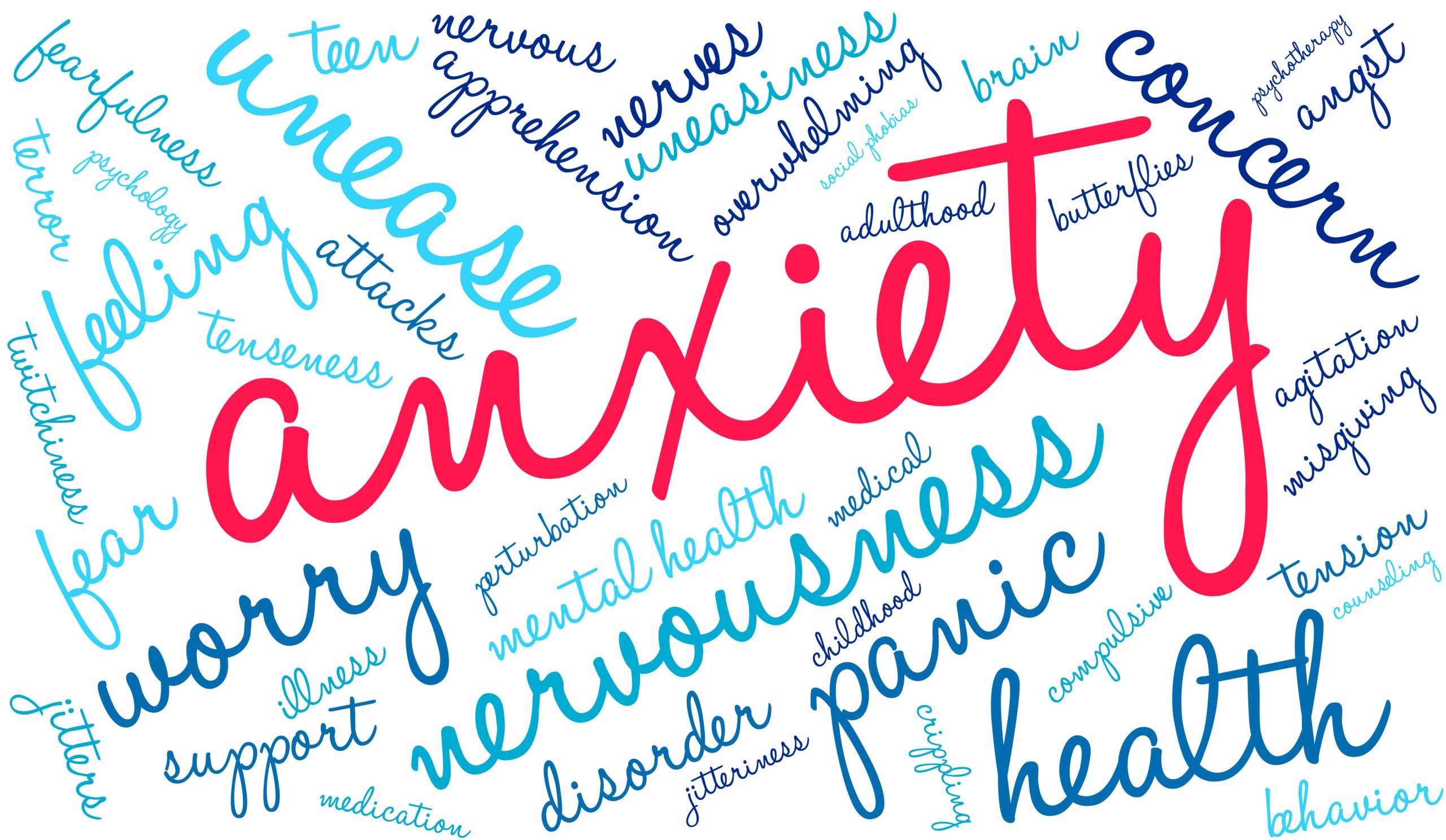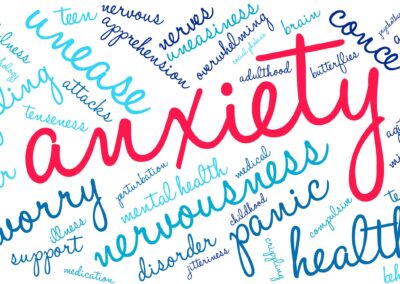Anxiety has become a major health crisis in today’s society, with the World Health Organization estimating that 264 million people around the world suffer from the disorder. Anxiety disorders can manifest in various ways, including generalized anxiety disorder, panic disorder, phobias, and obsessive-compulsive disorder. Each of these can have debilitating effects on an individual’s physical and mental health, impacting their quality of life.
Causes of Anxiety
Anxiety can be caused by both environmental and biological factors. Examples of environmental factors can include stress, environment, traumatic events, and family dynamics. Studies have found that people with a family history of anxiety disorders are more likely to suffer from the disorder than those without a family history. Biological factors such as hormones, genetics, and neurotransmitter imbalances have also been linked to anxiety disorders.
Anxiety Symptoms
Anxiety is a natural response to stress(ors), and in some cases can be beneficial. It’s the feeling a person has when they are worried, tense or afraid. Apart from immediate danger, anxiety is often driven by the thought of things that may happen, or which could happen in the future. In addition to a general sense of worry, signs of anxiety can include:
- Feeling nervous, restless or tense
- A sense of impending danger
- Panic attacks
- Increased heart rate
- Hyperventilation
- Sweating
- Trembling
- Weakness, tiring easily
- Muscle Tension
- Trouble concentrating
- Mental fixation
- Difficulty concentrating/maintaining focus
- Feelings of dread
- Insomnia
Be aware that anxiety triggers and symptoms are unique to each individual, and it is not uncommon for the symptoms to change over time.
Anxiety disorders, however, rise to a level beyond nervousness and often exceeds the perceived threat. This can lead to, among other things, inability to function, poor situational response, and poor emotional control. Anxiety disorders are also the most common type of mental disorders affecting as many as 30% of adults at some point in their lives
Treatments for Anxiety
It is important to note that anxiety can be a difficult disorder to manage. That said there are numerous conventional treatment approaches. One of the most common treatments for anxiety is psychotherapy, which can help individuals to identify the root cause of their anxiety and learn coping strategies. Cognitive-behavioral therapy (CBT) is one of the most effective forms of psychotherapy, as it helps individuals to challenge negative thoughts and behaviors, as well as develop new skills to manage stress . Additionally, medication can be prescribed to help manage the symptoms of anxiety, such as selective serotonin reuptake inhibitors (SSRIs), serotonin-norepinephrine reuptake inhibitors (SNRIs), and benzodiazepines. Anxiety can also be managed with lifestyle changes, such as exercising regularly, getting enough sleep, eating a healthy diet, and practicing mindfulness and relaxation techniques.
Addressing the root cause of anxiety should be the ultimate goal and although traditional treatment approaches are proven effective they also take time to develop, along with effort and consistency from you. During the process, side effects of anxiety will be present and can lead to daily life disruptions. Sometimes, something as simple as breathing can go a long way toward reducing anxiety and improving mental health. That’s why Muvik Labs developed BreathConductor™.
Breathing plays a significant role in control of the autonomic nervous system (ANS) which governs subconscious aspects of the body and mind. The ANS is composed of two branches, sympathetic, which controls the stress response (Think Fight or Flight) and parasympathetic, which controls the relaxation response (Think Balanced and Relaxed). BreathConductorTM utilizes a multi-sensory combination of specifically designed evidenced-based music, paced diaphragmatic breathing, and timed visual imagery to entrain the connection between the heart and brain which rebalances the ANS, thus lowering your heart rate and blood pressure, while increasing your heart rate variability (HRV), and returning you to a relaxed state.
Our proven, evidence-based, real world tested program works on three levels: mental, emotional, and physical. By using simple, easy-to-follow exercises, BreathConductorTM helps individuals learn to recognize, manage, and reduce anxiety symptoms, within moments. With consistent use it also assists individuals build healthy coping skills.
Overall, anxiety is a major mental health crisis that affects millions of people around the world. It is important to be aware of the causes, symptoms, and treatments of anxiety in order to help those affected. With the right support and treatment, individuals can learn to manage their anxiety and live a healthier and happier life.
BreathConductor™ can be used independently or in concert with your anxiety treatment plan to reduce stress, improve sleep, and manage your well-being.
To learn more, on how BreathConductorTM can assist you, or your team Contact Us here.




